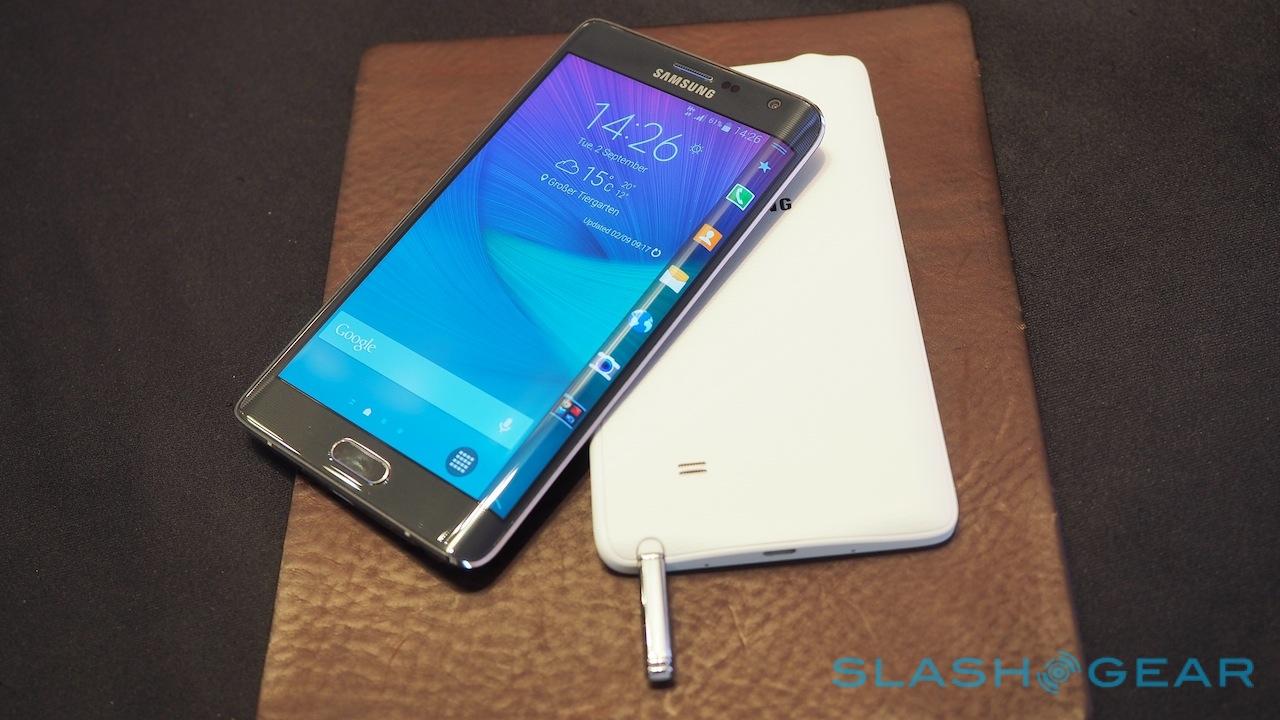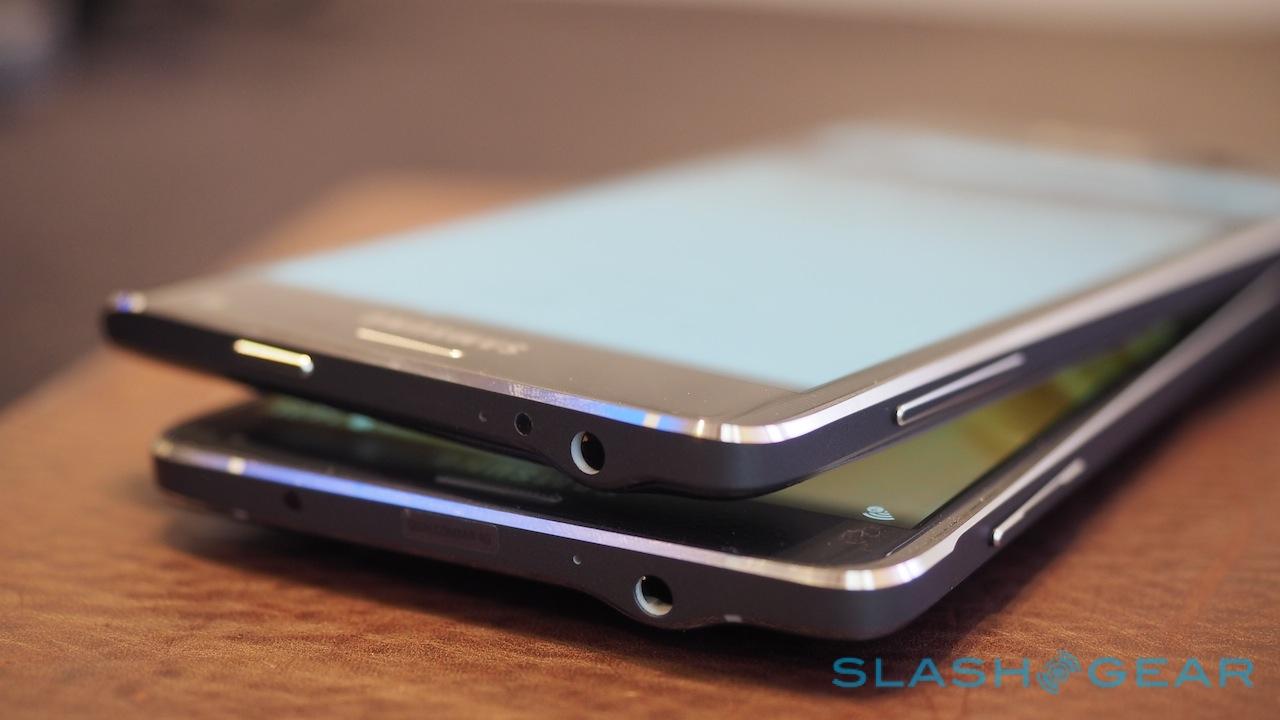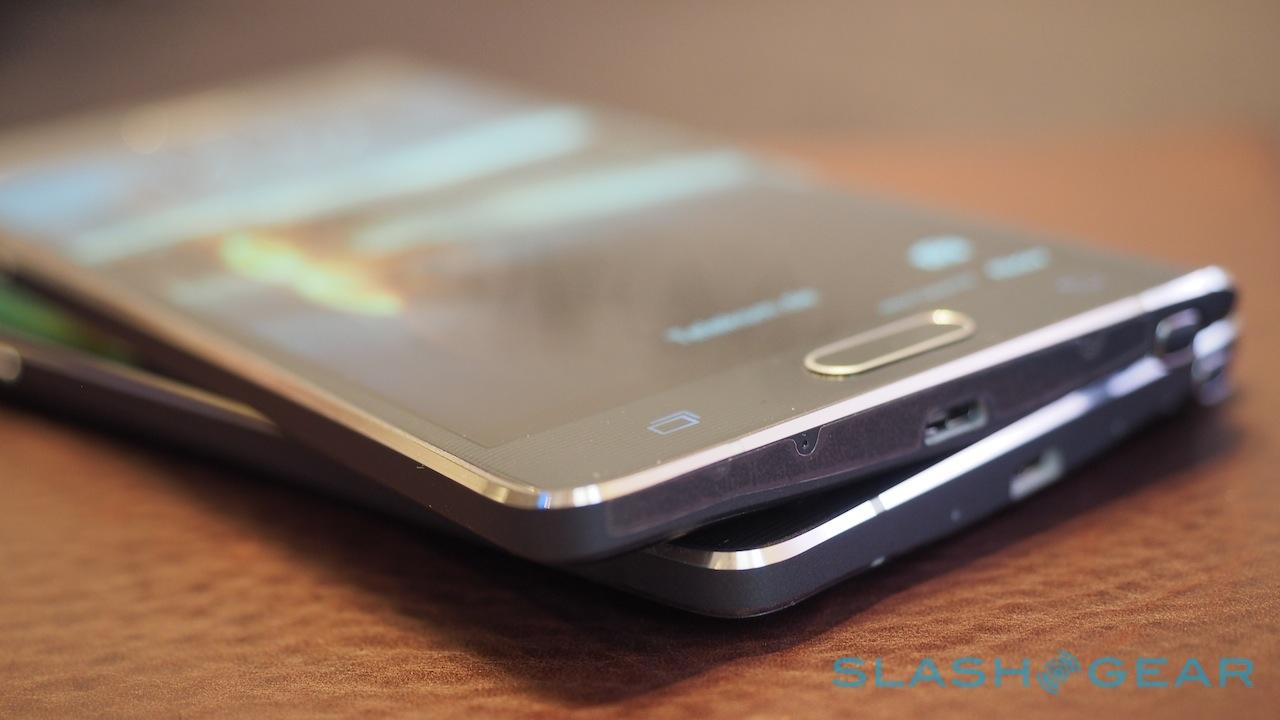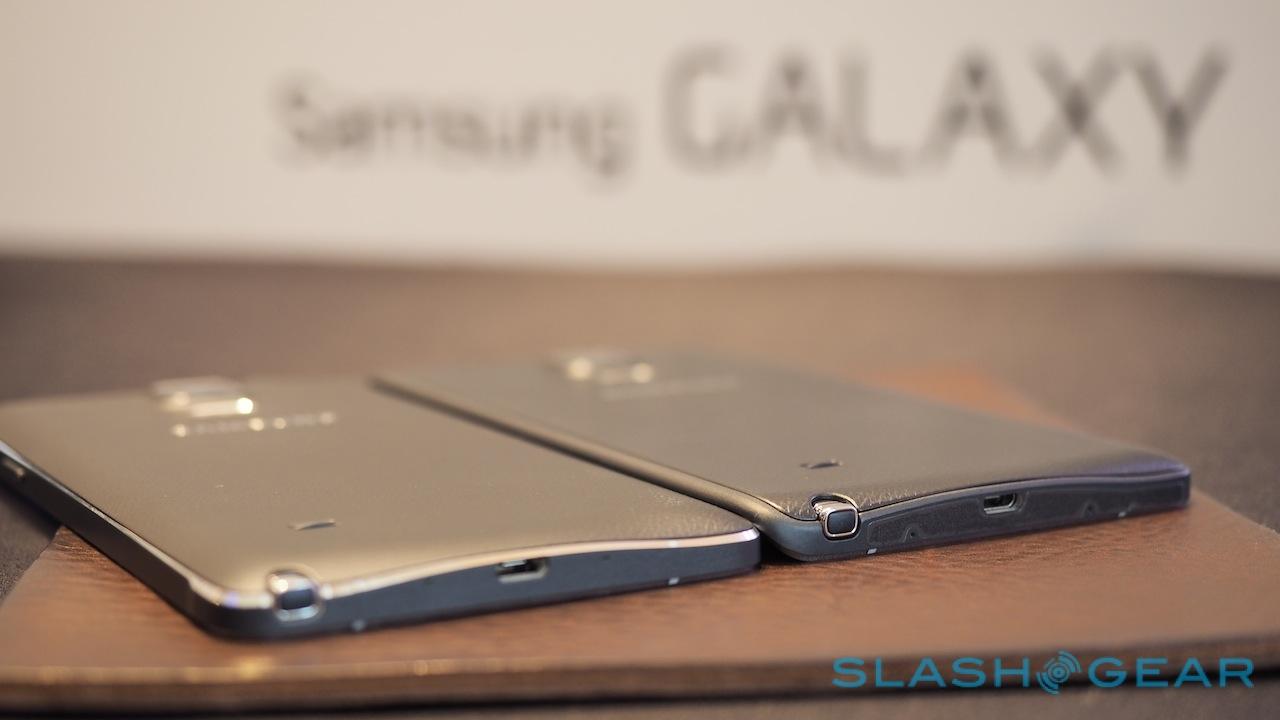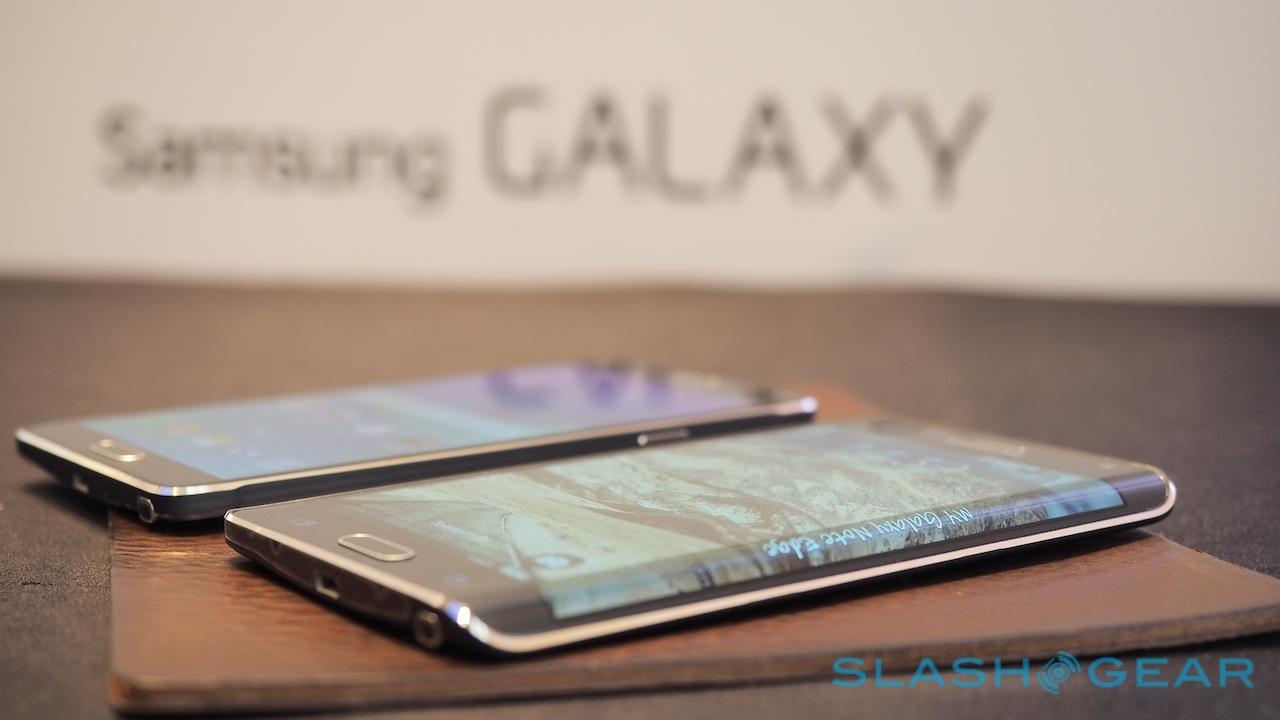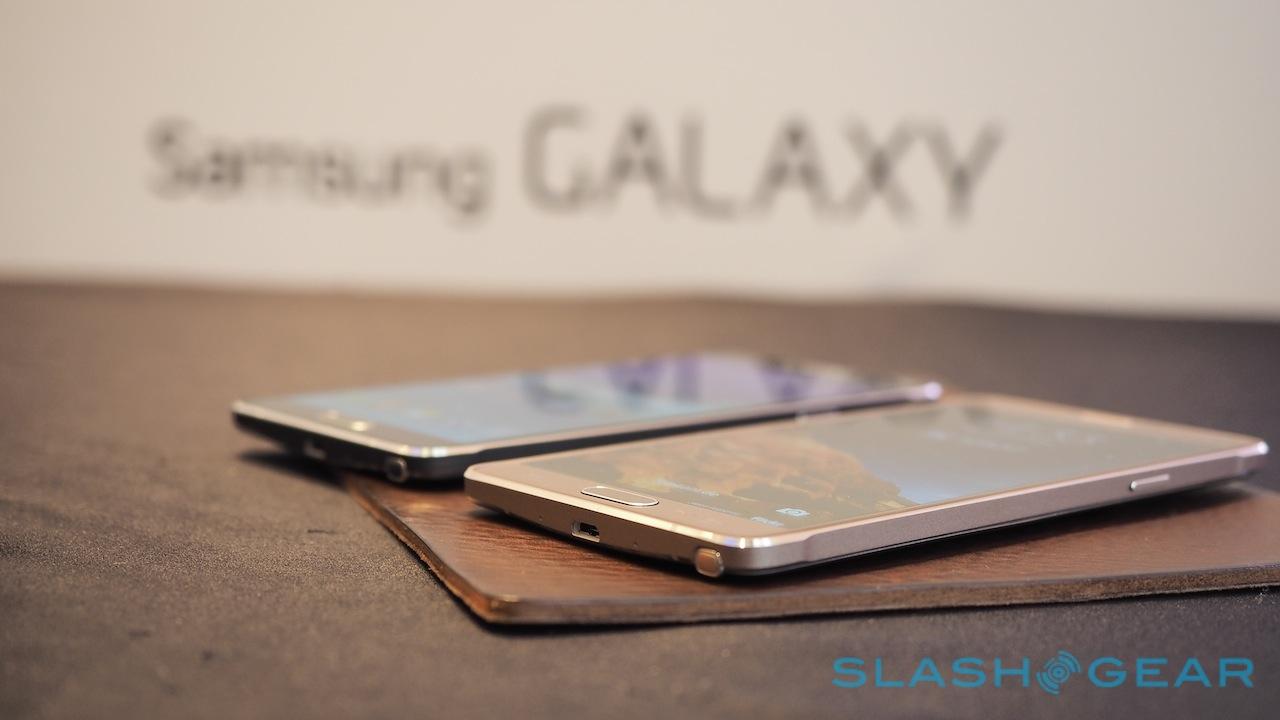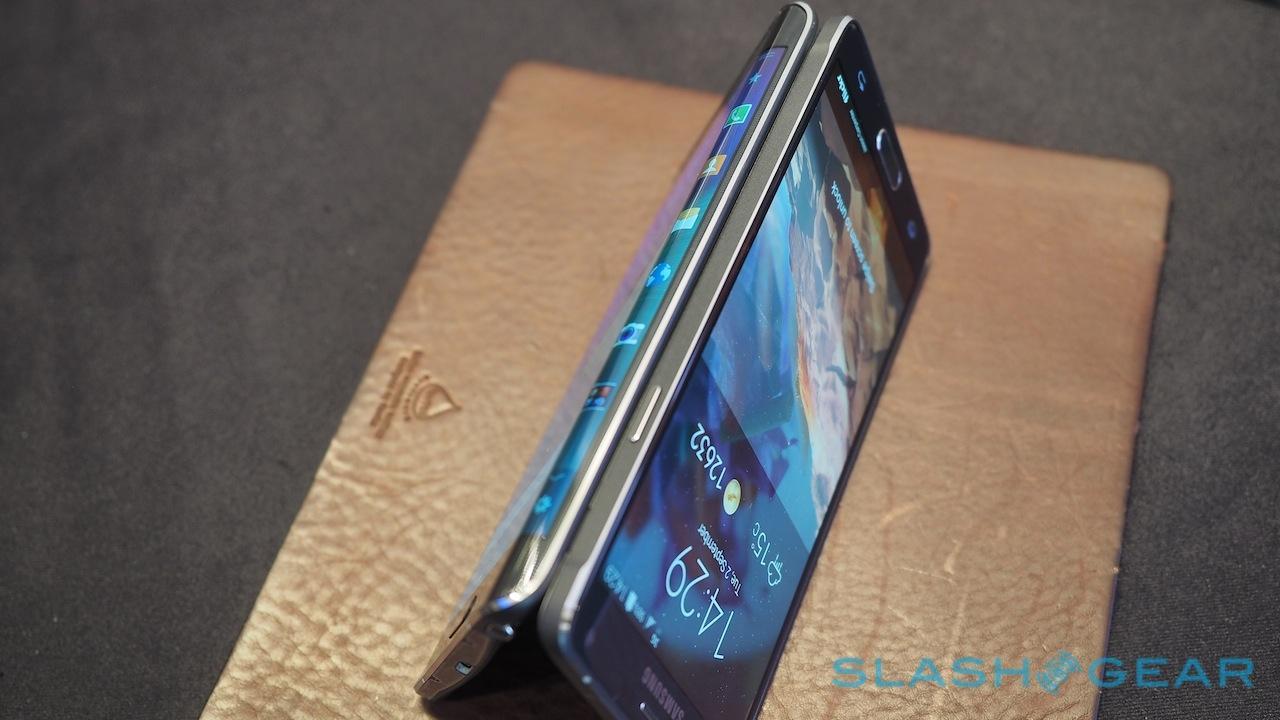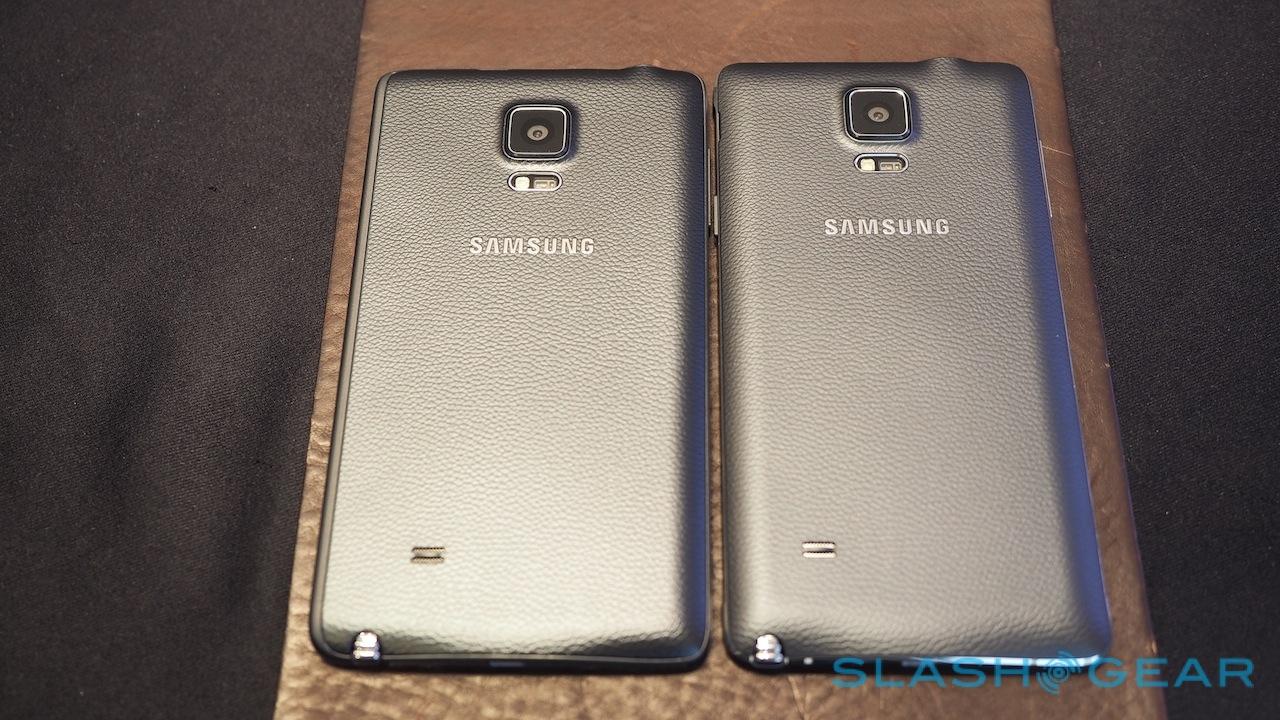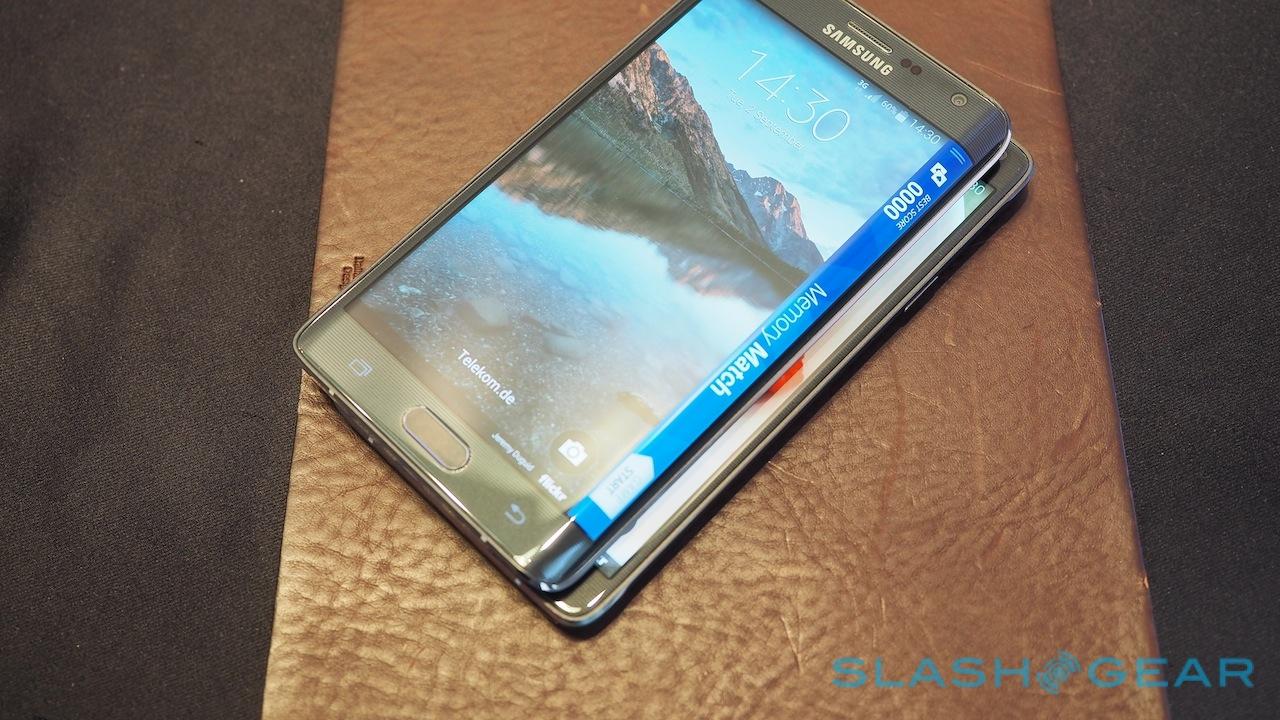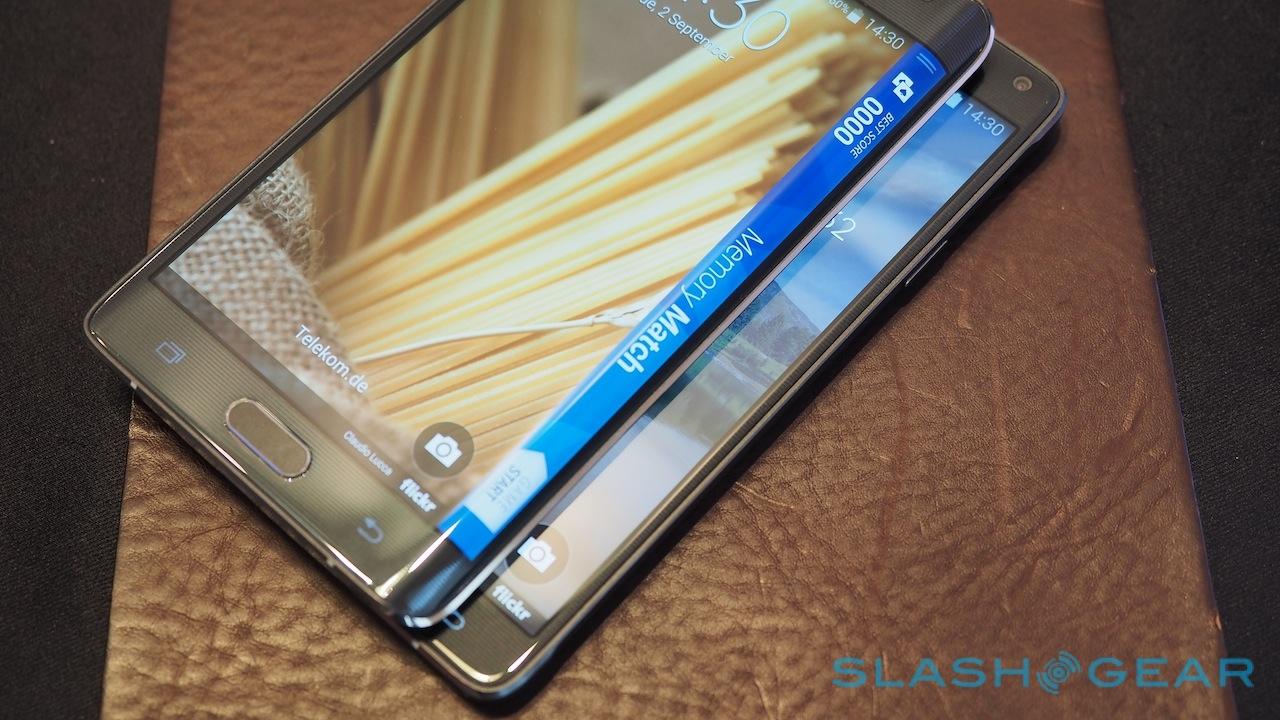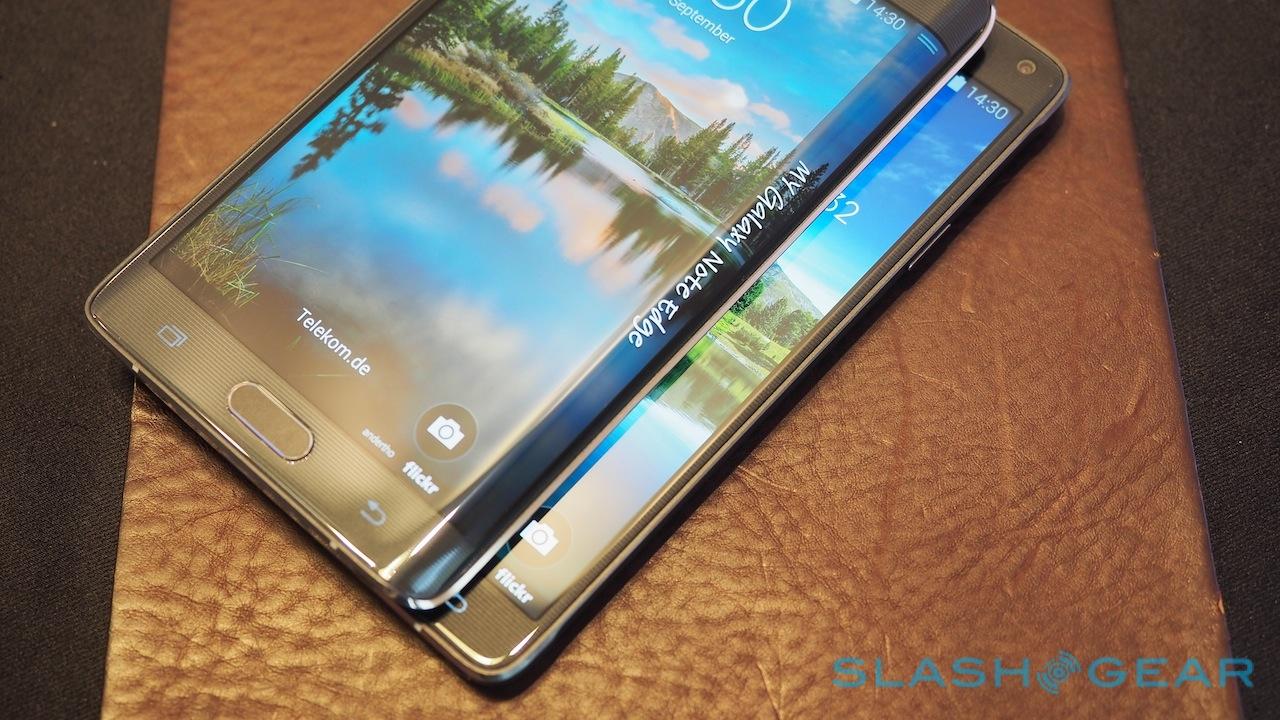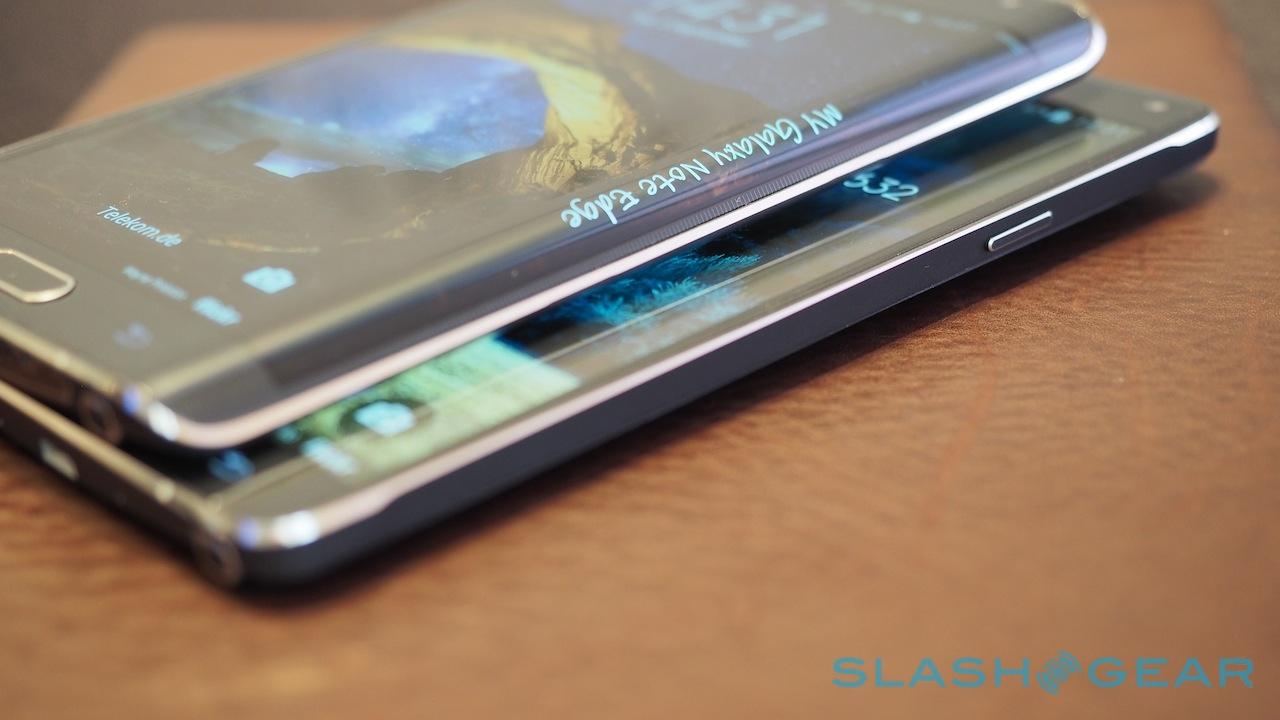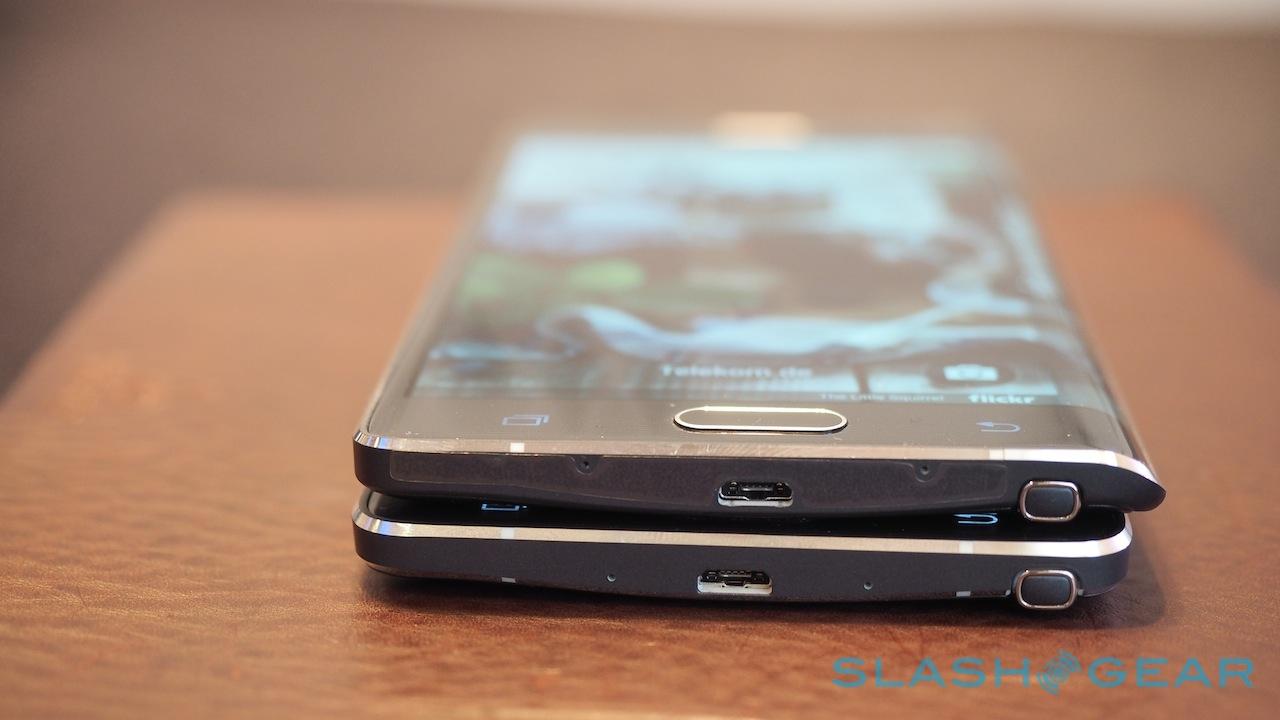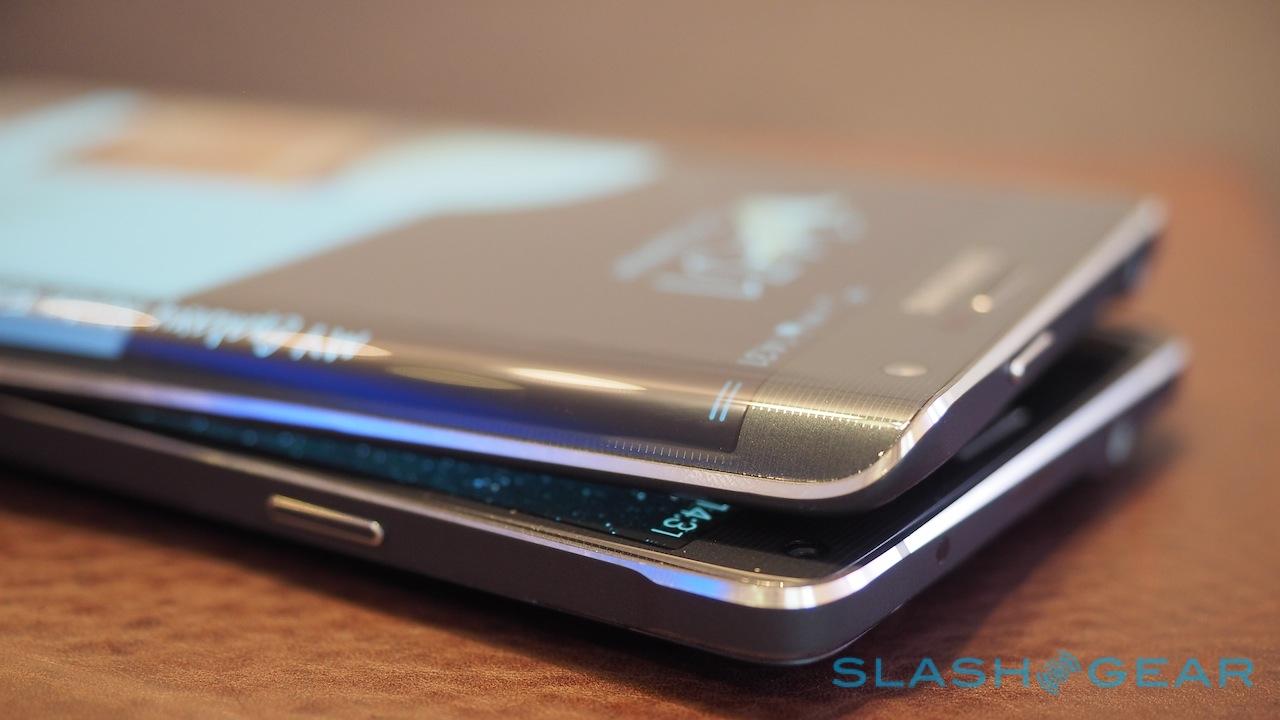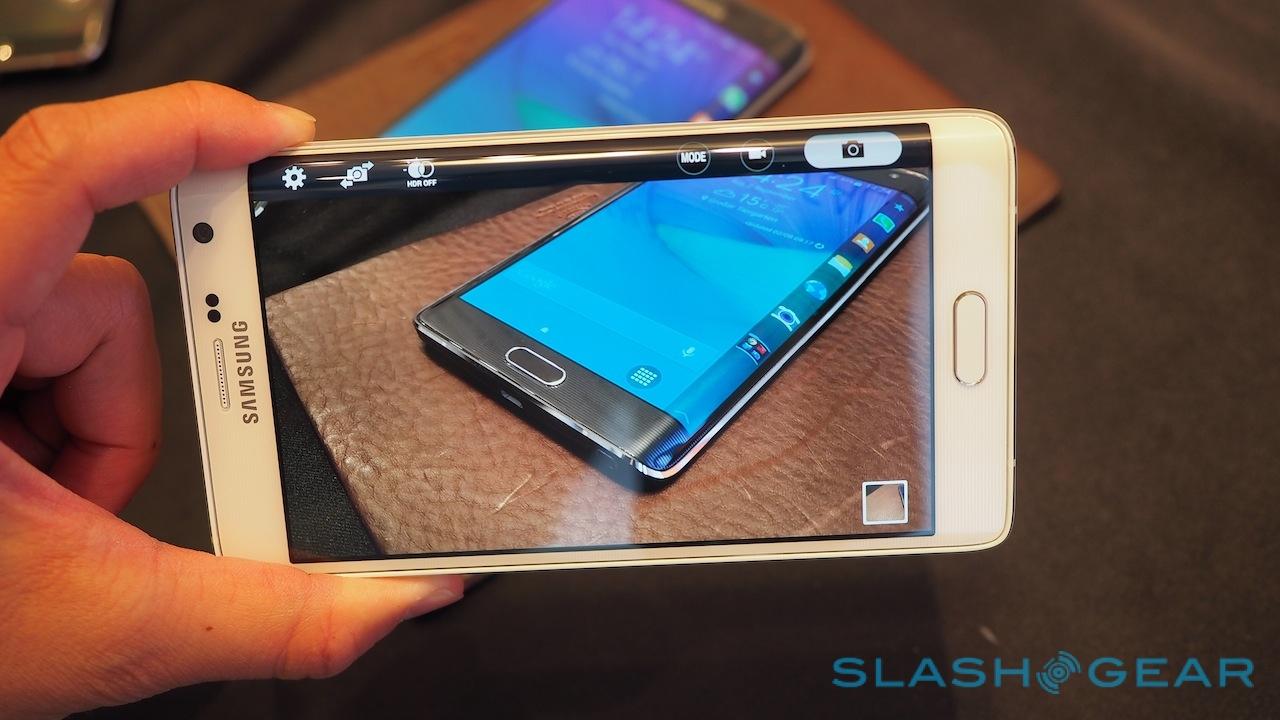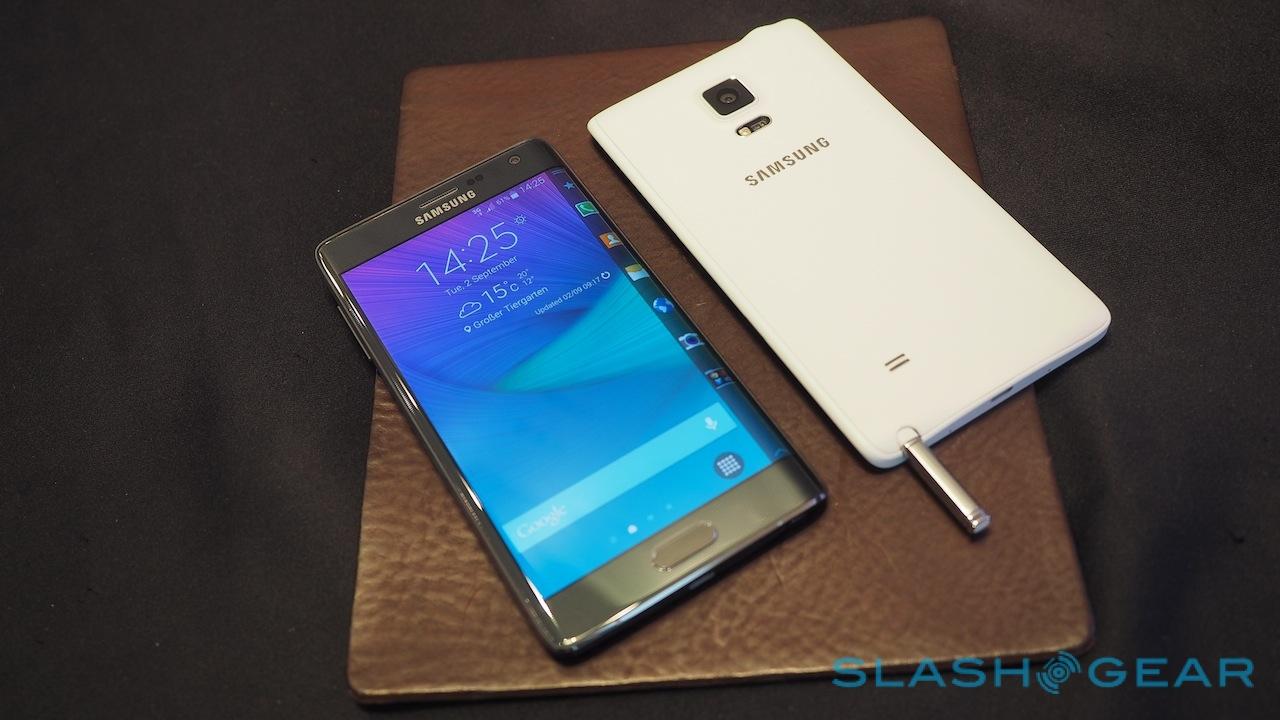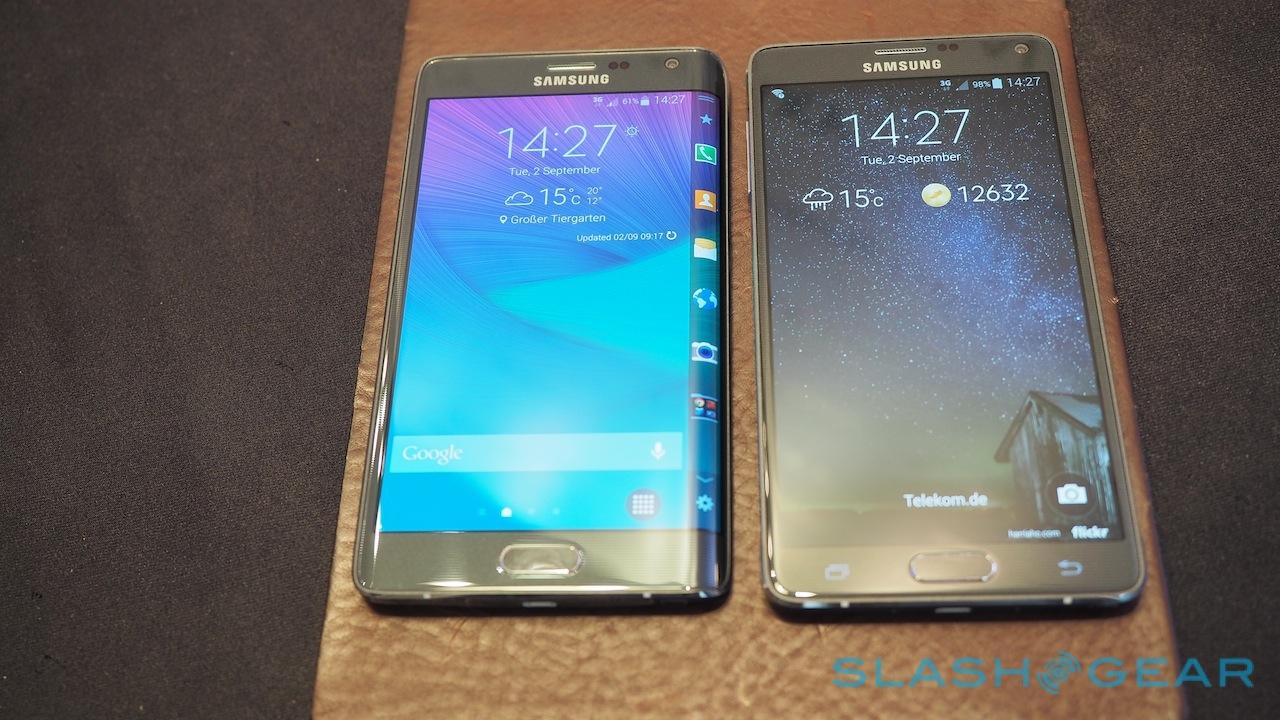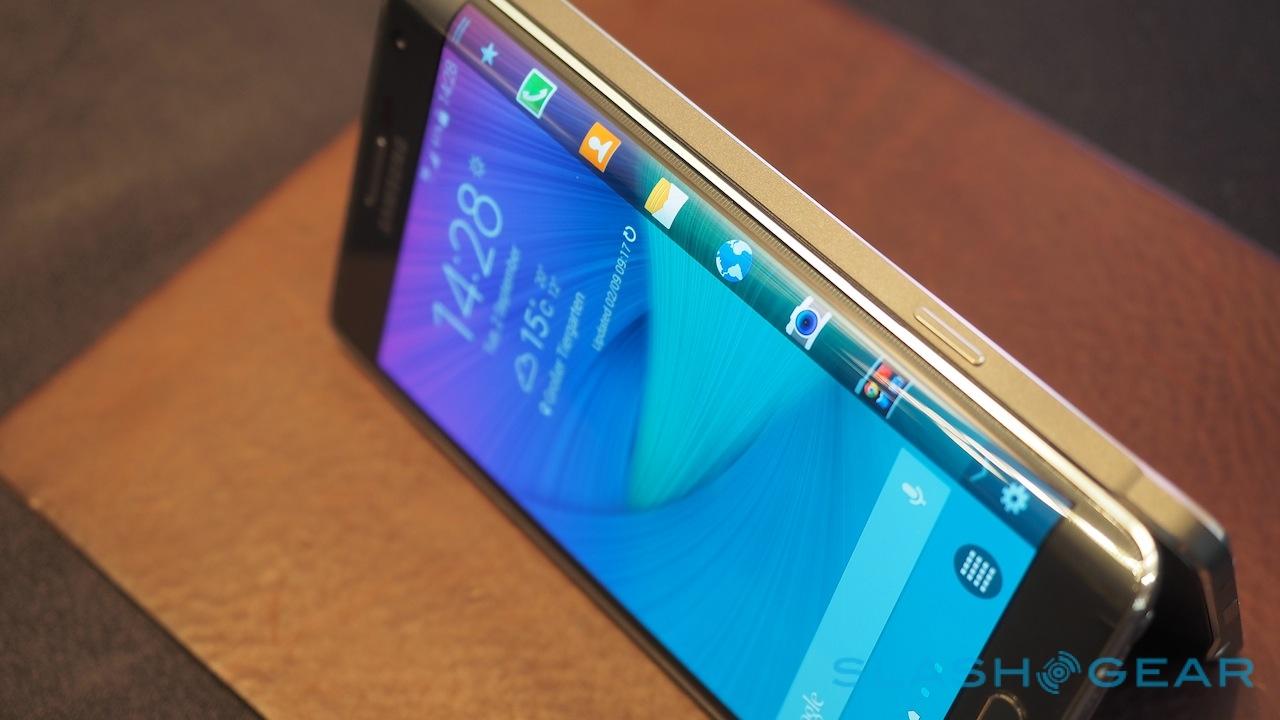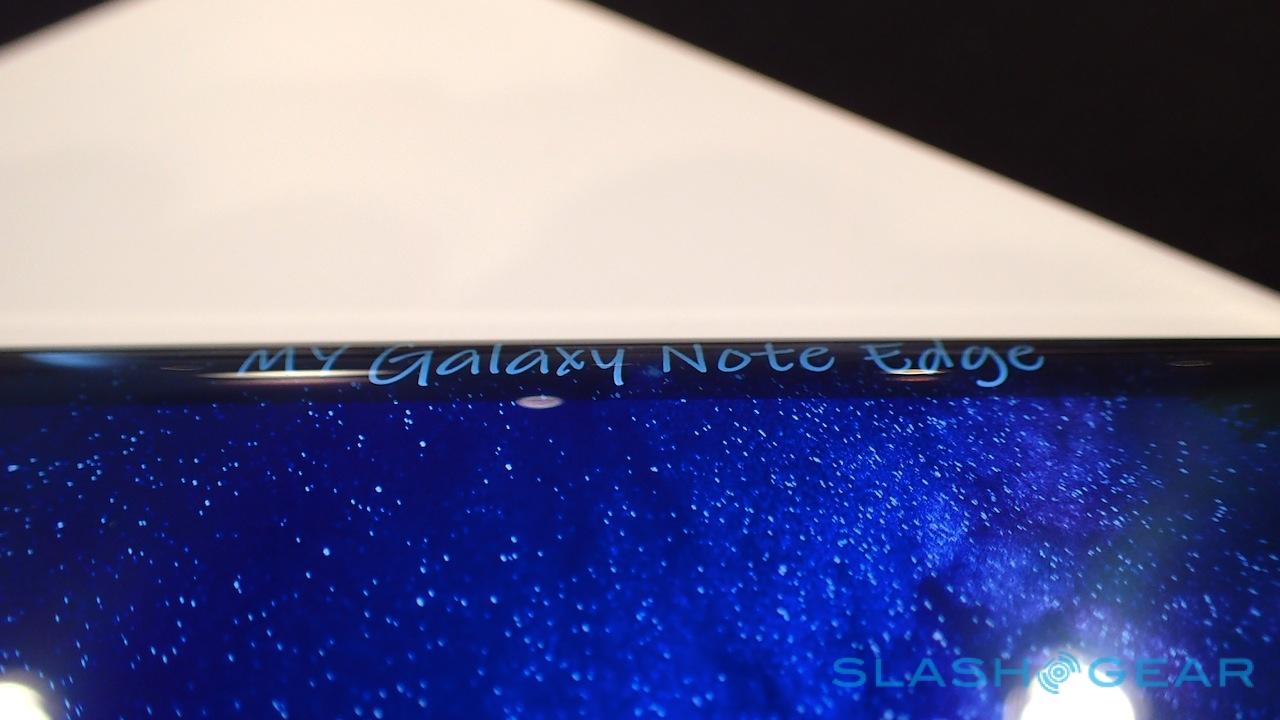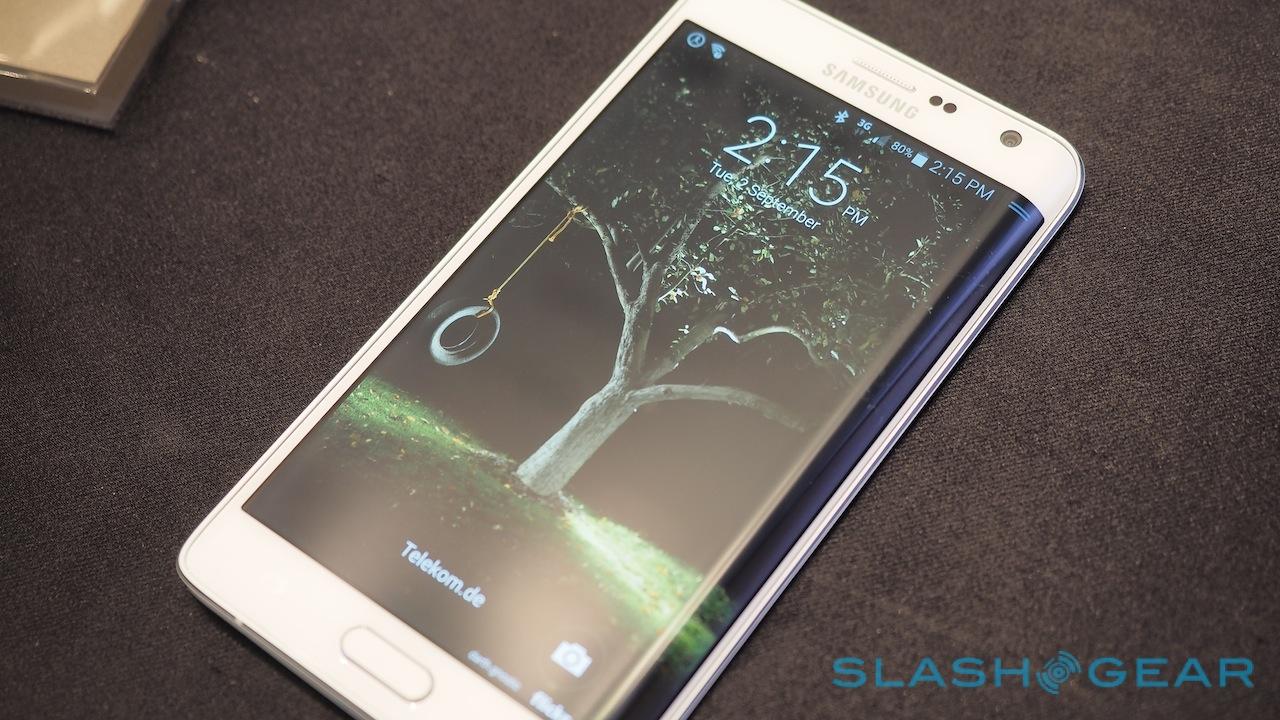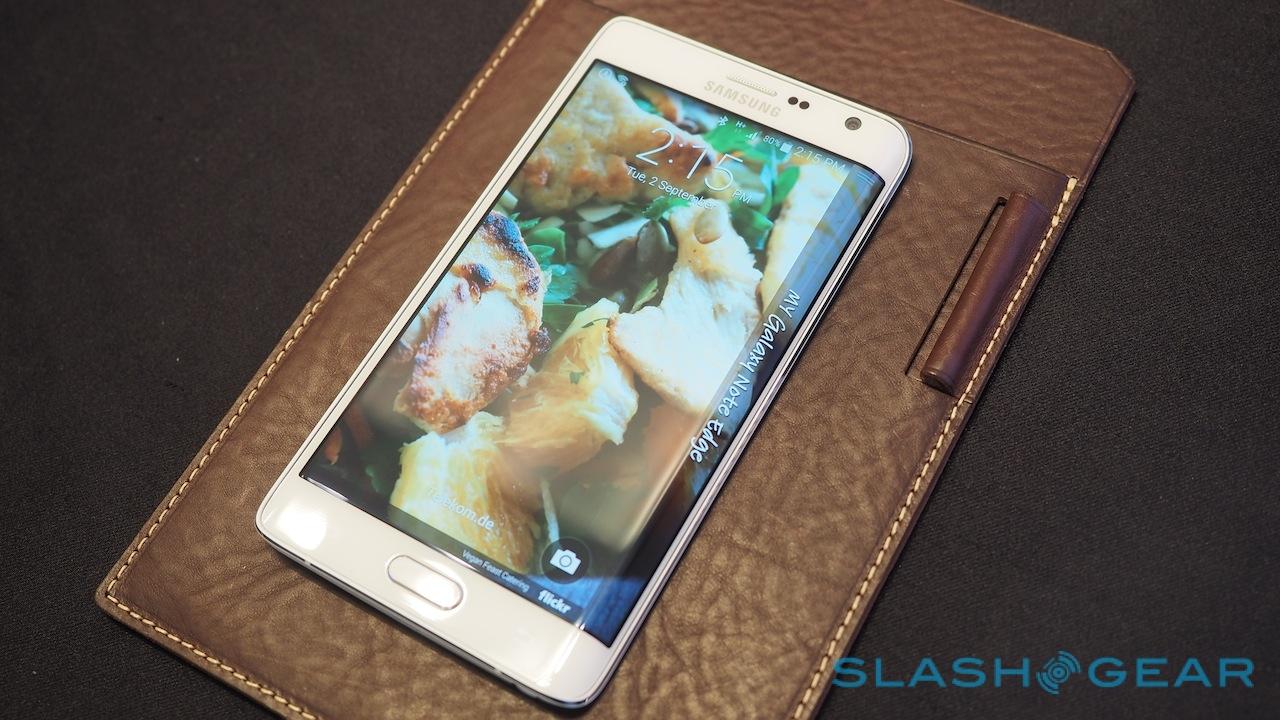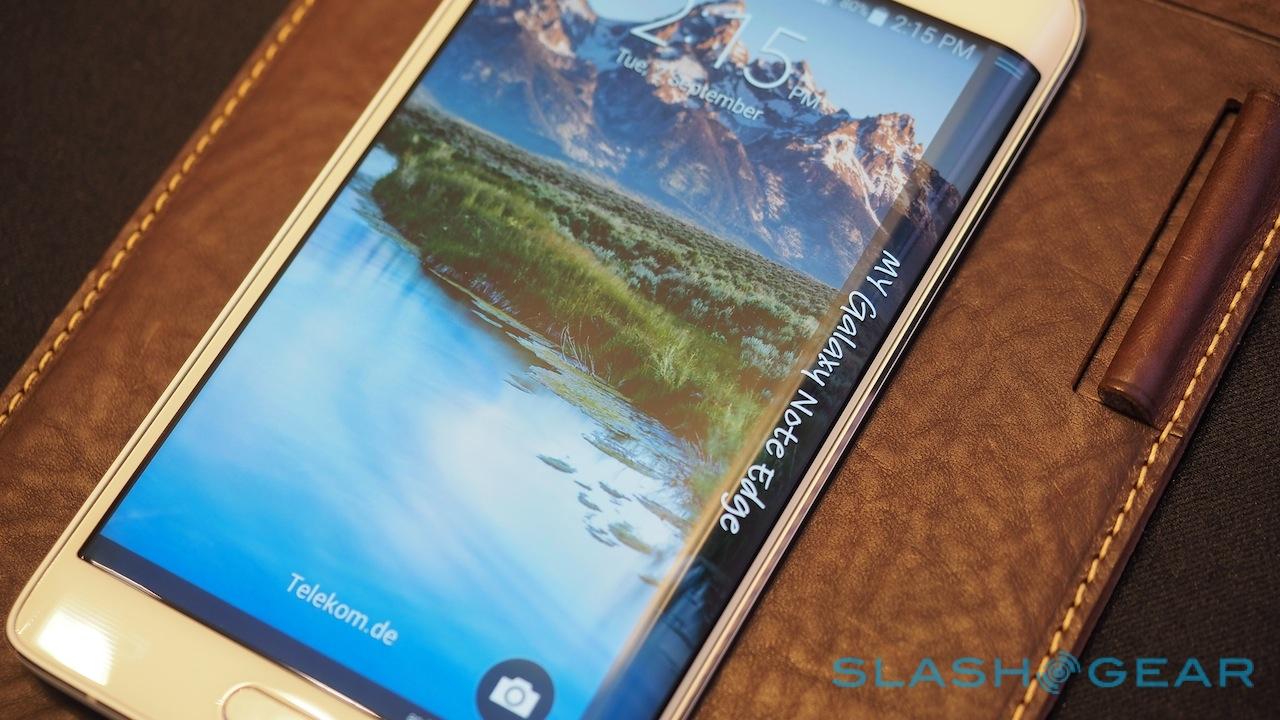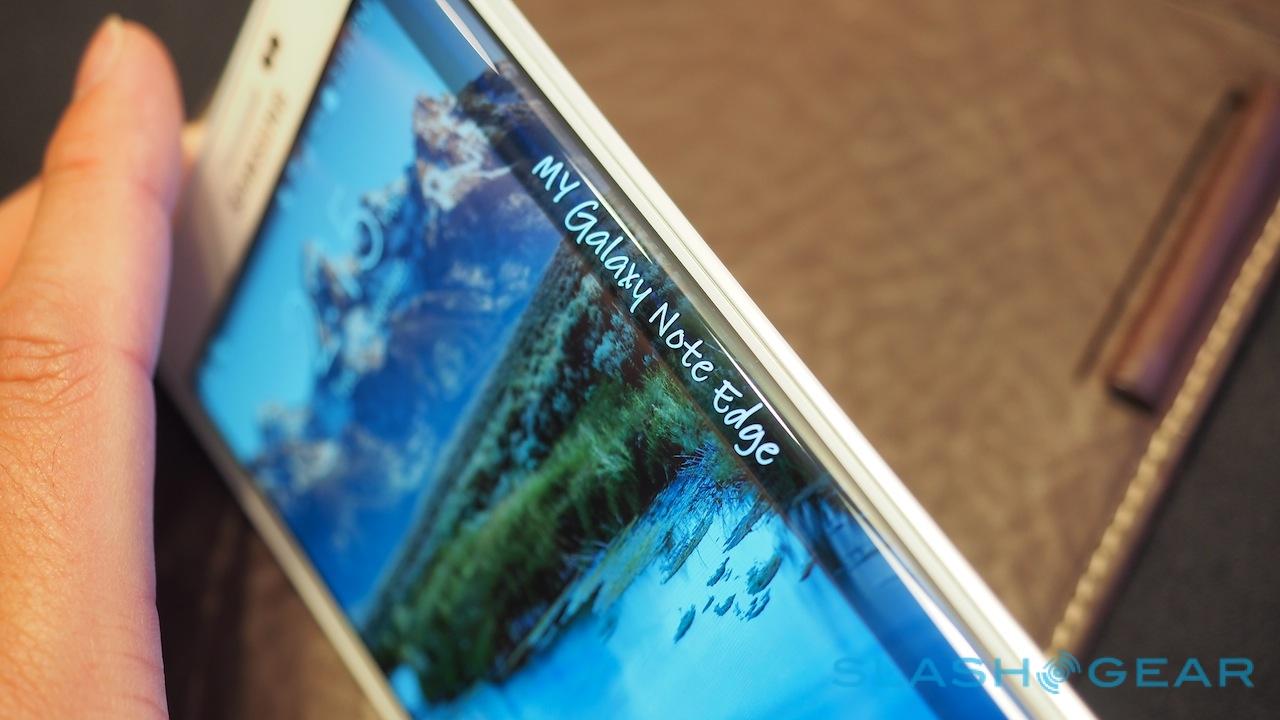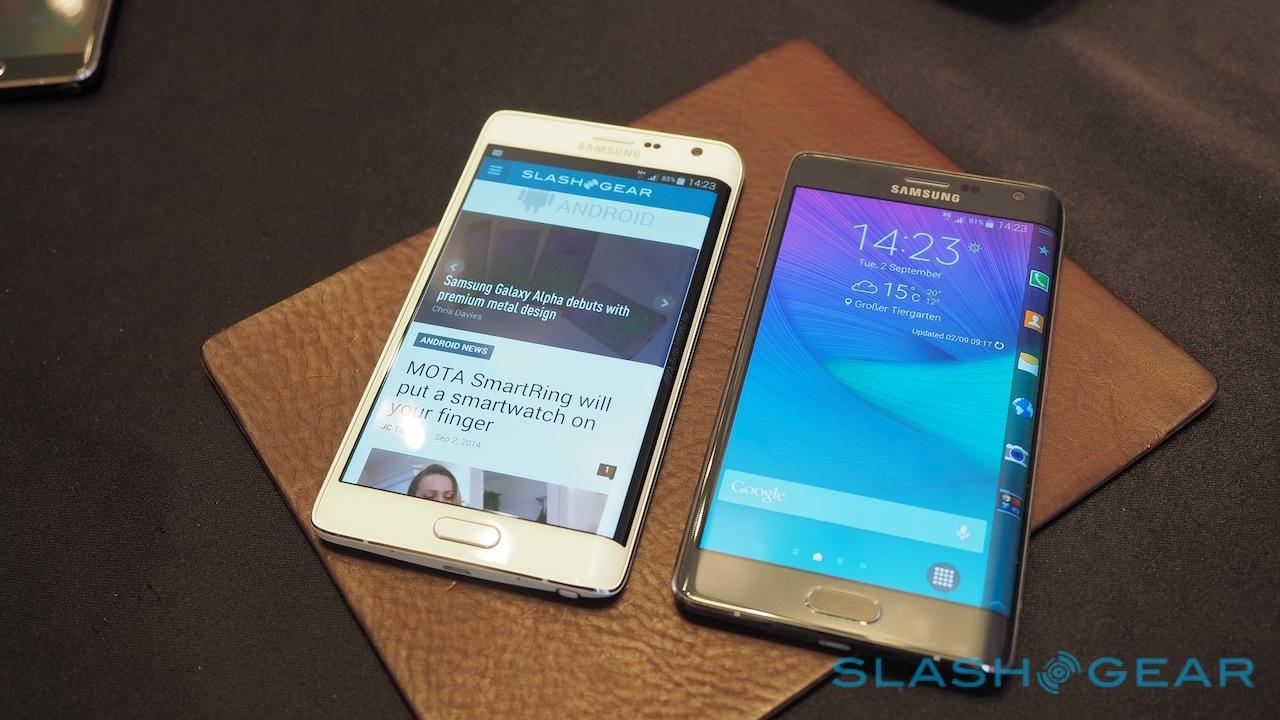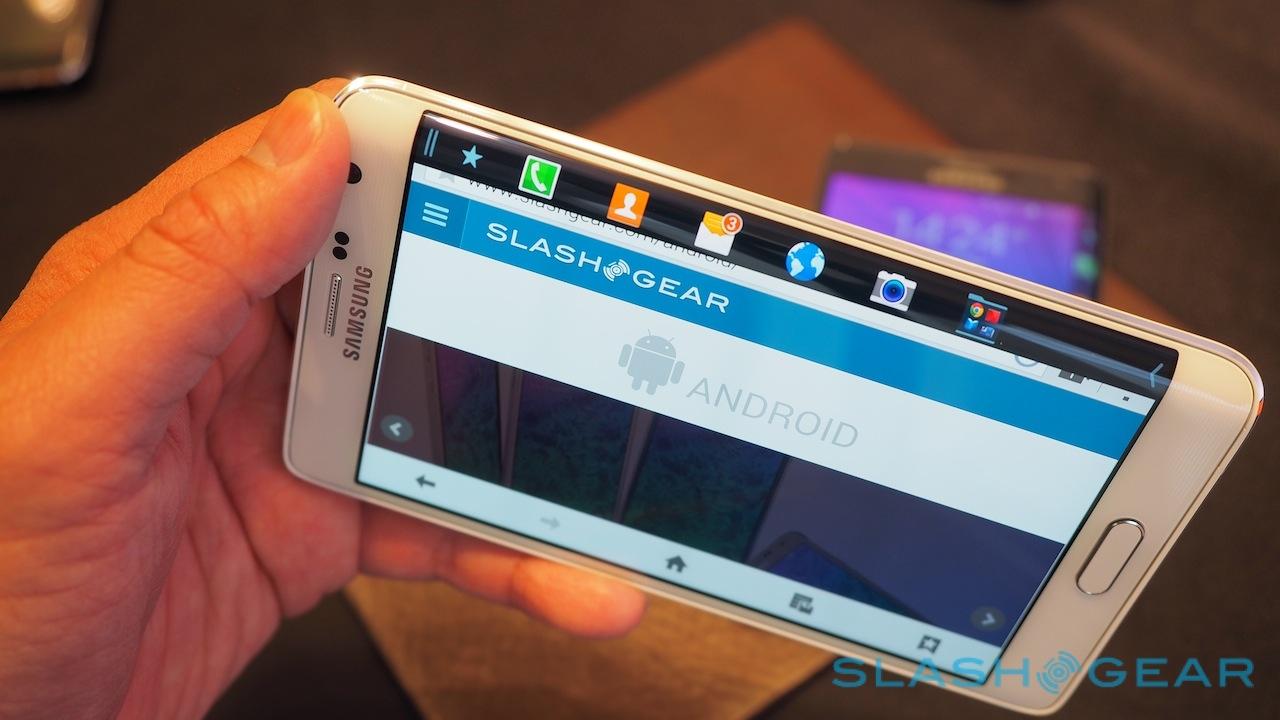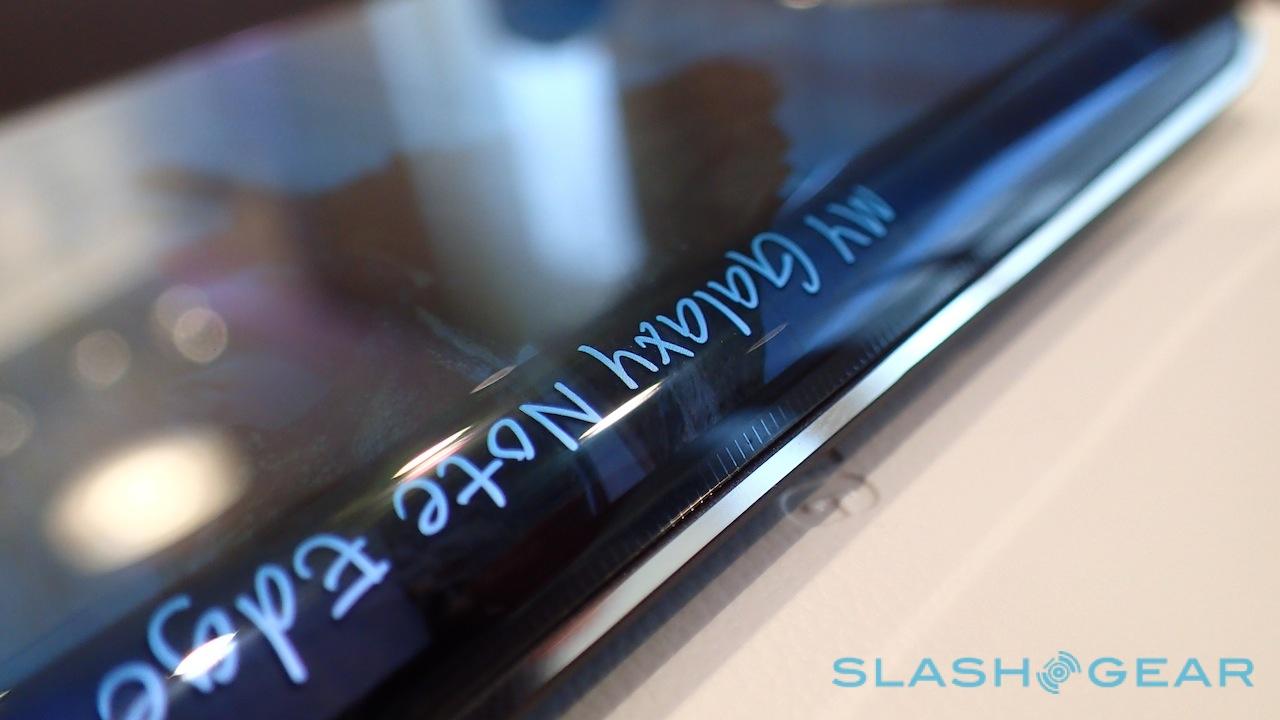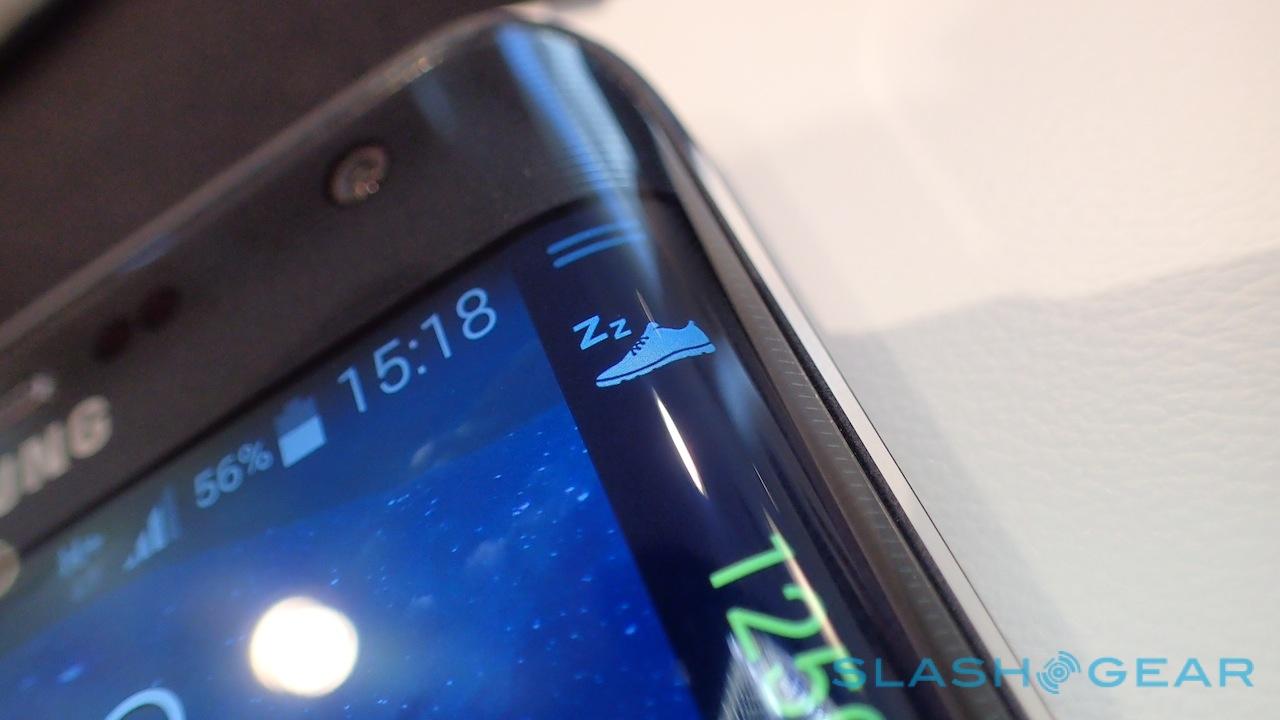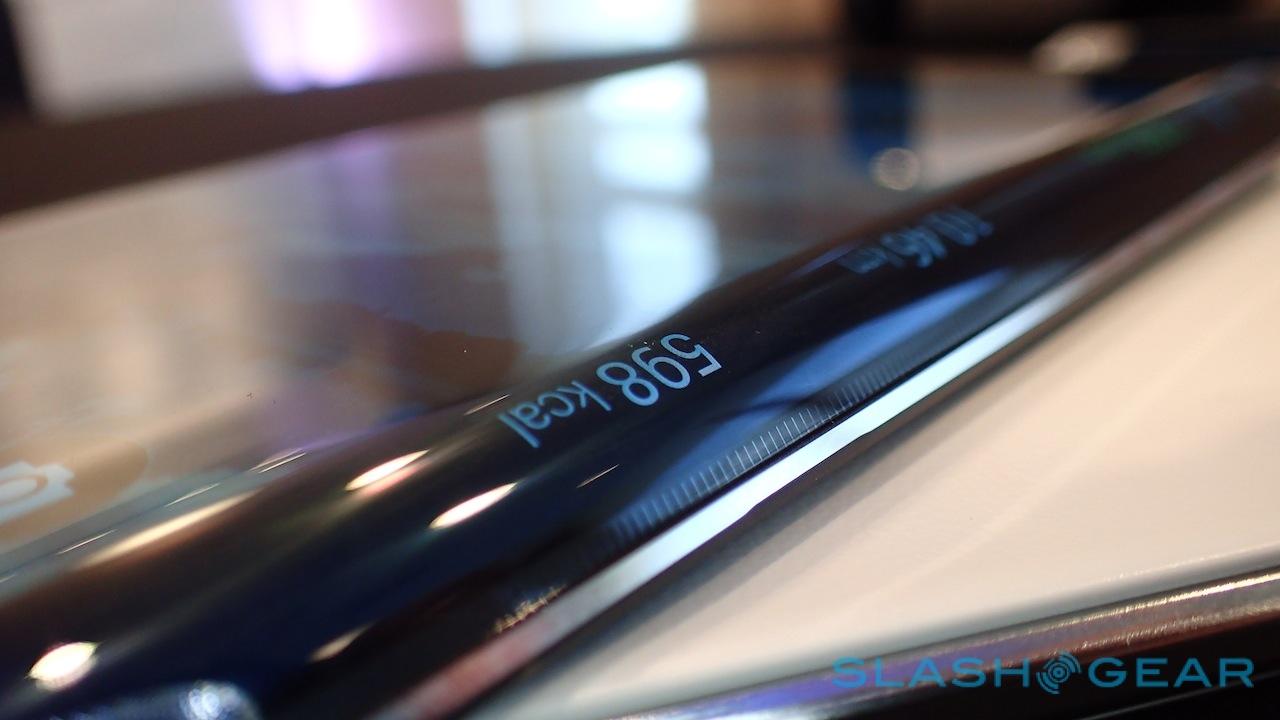Samsung Galaxy Note Edge hands-on: Phablet meets curved OLED
Samsung promised curved OLED in a big way, and the Galaxy Note Edge delivers, taking the new Note 4 and bending the edge of its display for an altogether unusual approach to phablets. Building on the curved Super AMOLED concept Samsung showed off last year, the Note Edge turns its right bezel into a touchscreen ticker. Question remains, is this a revolution in form-factor or just a gimmick?
First, the basics. To all rights and intents, the Note Edge is the same as the Galaxy Note 4 also announced today. Same Quad HD resolution, same 16-megapixel camera with OIS, and same phablet form-factor.
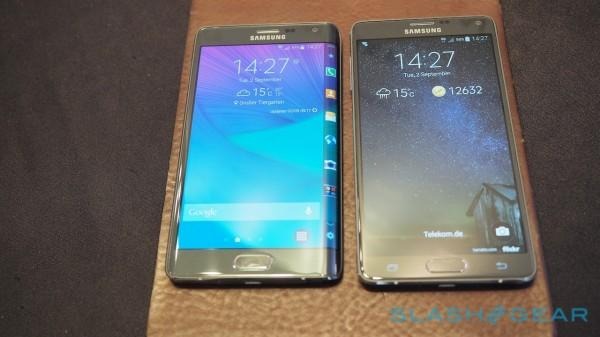
What's changed is the display. The core panel – the flat part – is slightly smaller, down to 5.6-inches versus the 5.7-inches of the Note 4, but what you gain is a curved part that gently wraps around the right side of the handset.
At first glance it's as though the side of the phone has melted slightly, particularly because the "Modern Fluidic" design language Samsung uses leaves the edges of the cover glass curving into the Galaxy Alpha-style metal band that runs the periphery.
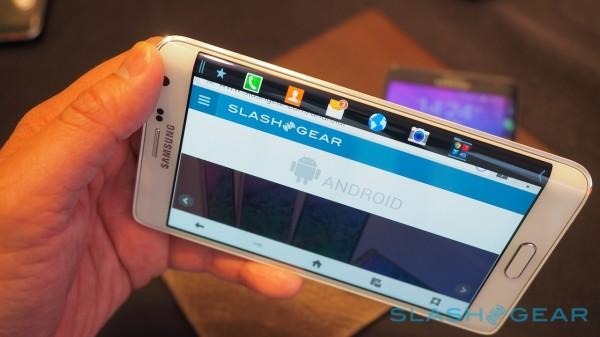
Samsung has more than just aesthetics in mind, though. "It's about providing useful information," the company told me, and so the Edge display can show anything from shortcut icons, to notification messages, to media playback info and controls, to a discrete time and date for when you leave it on the nightstand.
The idea is that the panel sits perfectly under your thumb, and you can "revolve" it to show different content. Colors, background, icons, and more are user-customizable, and Samsung has an SDK for third-party applications to tap into the Edge screen too. Content is entirely independent of what's on the main display: for instance, you could be watching a full-screen video, but still have notifications come in across the ticker without covering any of your movie.
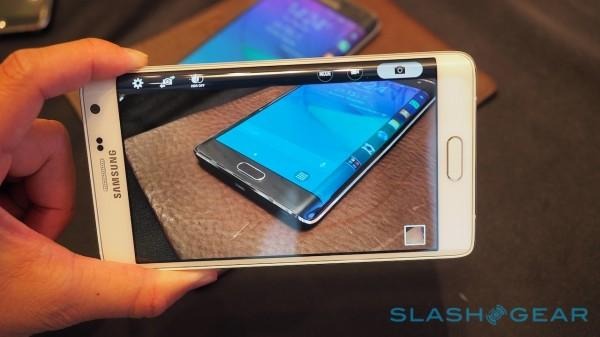
Content can't span the two sections, though you can mimimize the Edge bar out of the way. There's also a special touchscreen engine, Samsung says, which can differentiate between when you're gripping the Note Edge and when you're using the touchscreen. As a result, it requires a reasonably firm swipe or tap to register.
It's certainly an interesting design, not to mention an eye-catching one. Samsung is playing it coy on "killer" functionality right now, relying in part on third-party developers to make the most of the potential the Edge screen has. Like the Galaxy Round before it, it's partly a testbed to see exactly what the market thinks of curved displays.
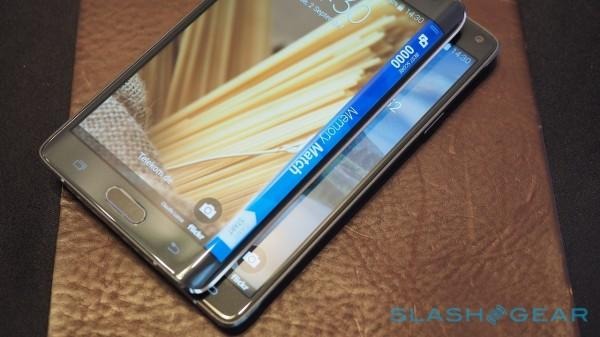
Sometimes you come across a device that, while it hardly makes sense in practical terms, is compelling by virtue of it being unusual. A risk-taker, perhaps, or an eccentric aesthetic, or simply a technology that is different to what we're used to.
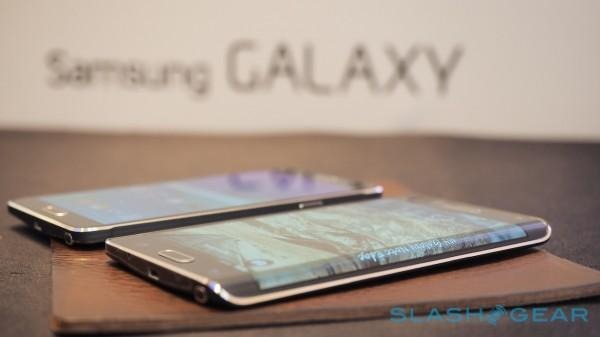
The Galaxy Note Edge seems destined to be just such a phone: no, there's no obvious reason that the curved screen provides a clear advantage to the flat panel on the Note 4, but side by side with its two-dimensional sibling on the table, it's the Note Edge that I reached for first. Whether that translates to sales will depend on pricing, which Samsung isn't talking about today.

